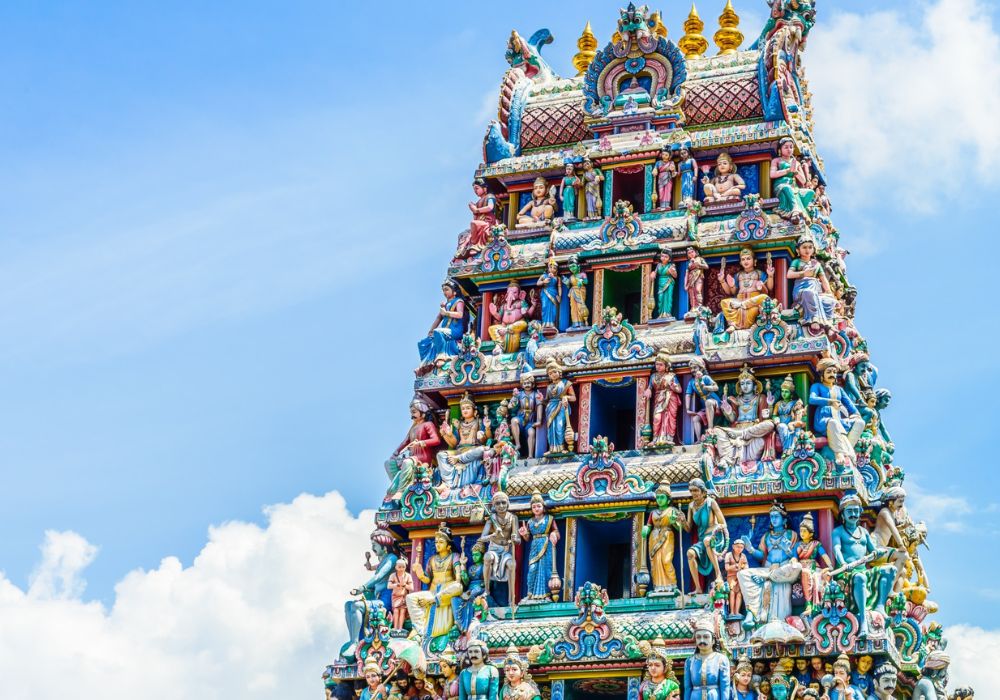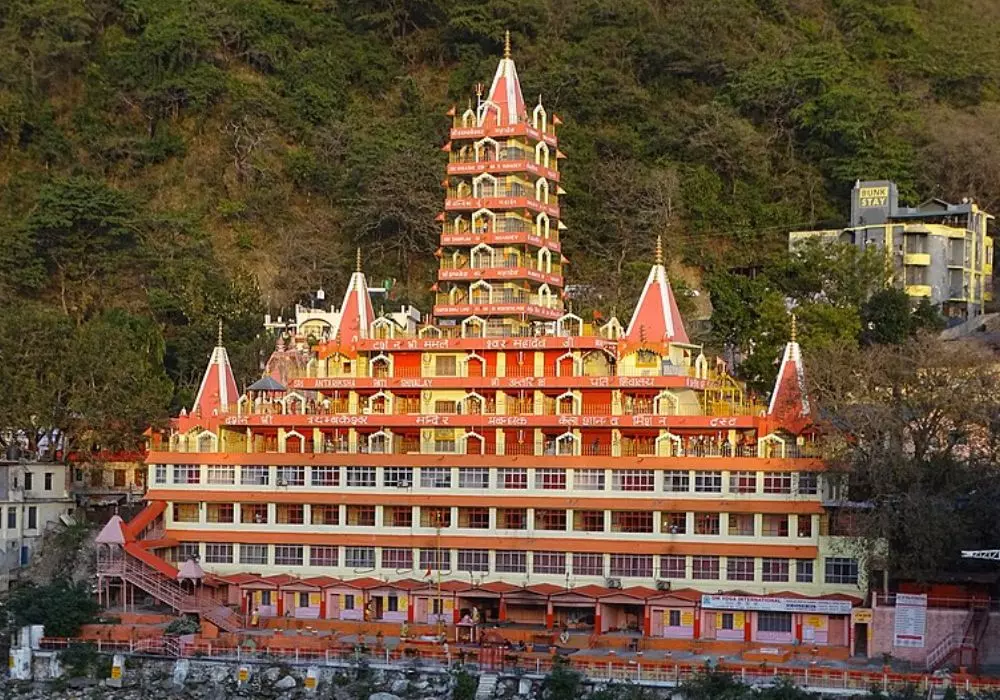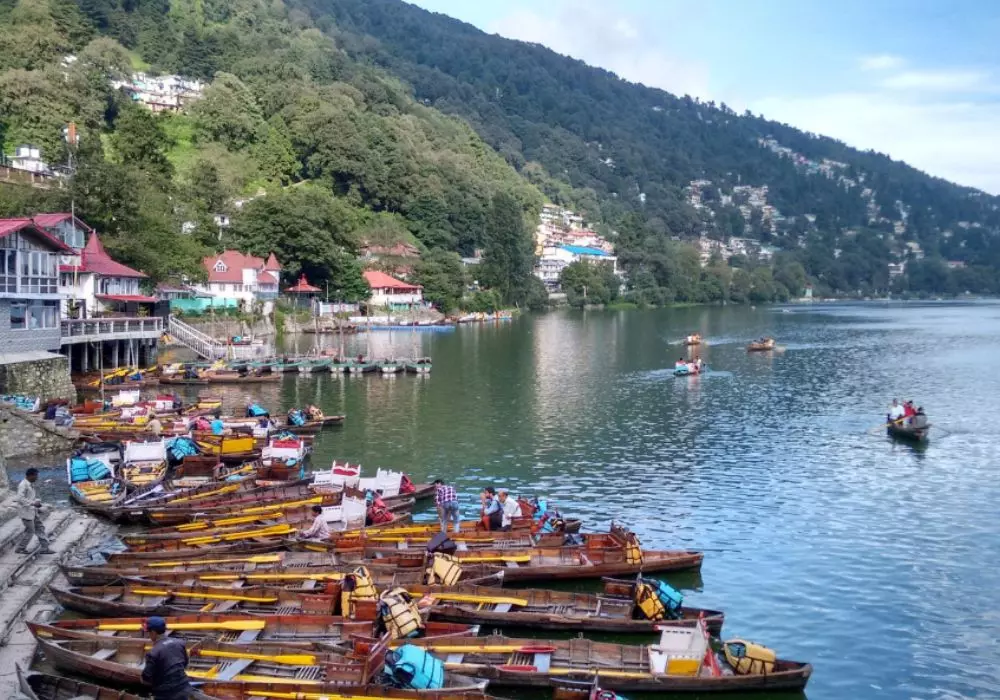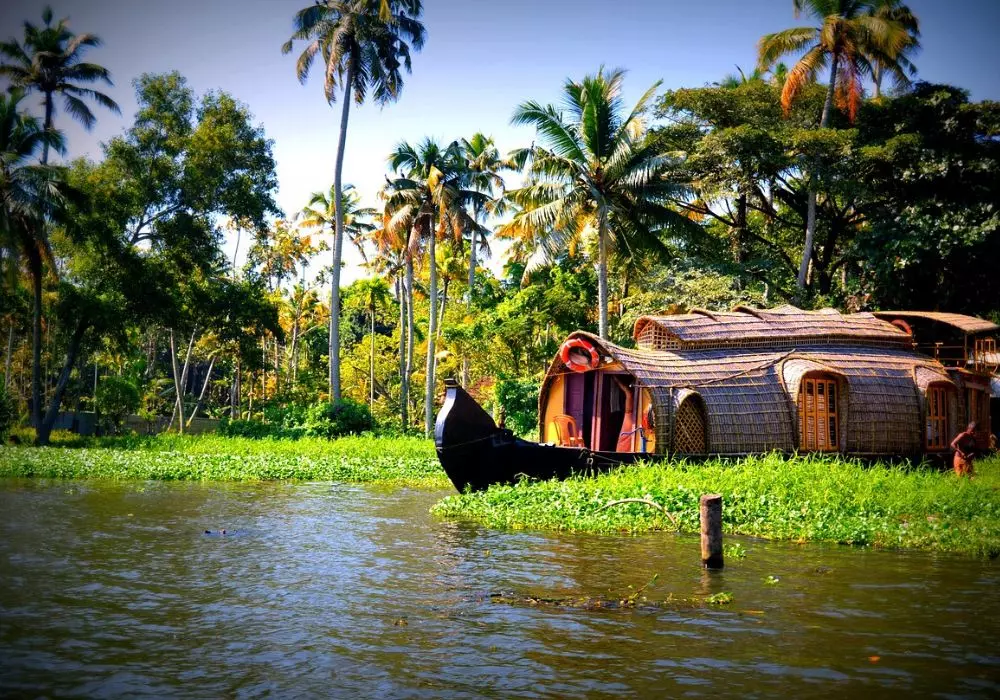The Tirupati Balaji Temple, located in the hill town of Tirumala in Andhra Pradesh, is one of the most famous and revered temples in India. Dedicated to Lord Venkateswara, an incarnation of Lord Vishnu, the temple holds immense spiritual significance for Hindus and is visited by millions of devotees every year.
The history of the Tirupati Balaji Temple dates back over a thousand years, with mentions of the temple in ancient texts and scriptures. The temple as it stands today is believed to have been constructed in the 10th century by the Chola dynasty and has since been expanded and renovated by various rulers and devotees.
One of the most striking features of the Tirupati Balaji Temple is its architectural beauty, which is a blend of Dravidian and Vijayanagara styles. The temple complex is renowned for its towering gopurams (gateway towers), intricately carved pillars, and stunning sculptures that depict scenes from Hindu mythology.
The spiritual importance of the Tirupati Balaji Temple lies in its association with Lord Venkateswara, who is believed to be the remover of obstacles and the bestower of prosperity and happiness.
Devotees flock to the temple to seek the blessings of the Lord and to offer prayers and donations in the form of money, gold, and other valuables.
History of the Tirupati Balaji Temple
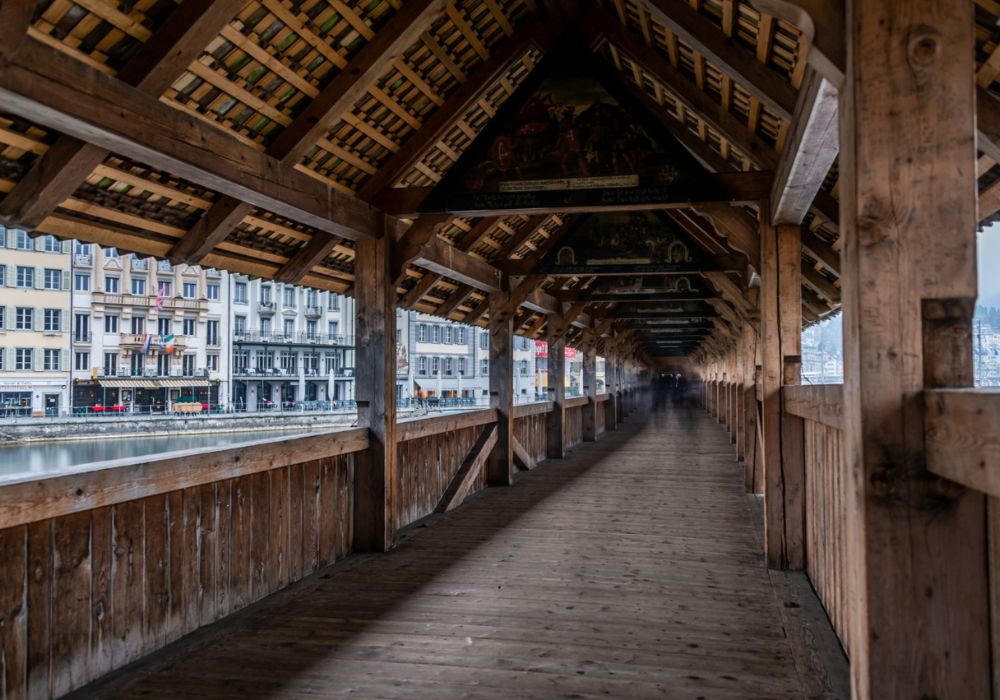

The history of the Tirupati Balaji Temple is a saga that spans several centuries, with mentions of the temple in ancient texts and scriptures. The exact origins of the temple are shrouded in myth and legend, but it is believed to have been constructed over a thousand years ago.
The temple’s history is closely intertwined with the various dynasties that ruled over the region. The Chola dynasty, known for their patronage of the arts and architecture, is credited with the initial construction of the temple in the 10th century.
The temple was later expanded and renovated by the Vijayanagara kings in the 14th century, who added many of the intricate carvings and sculptures that adorn the temple complex. Another important dynasty that contributed to the temple’s construction and expansion was the Pallava dynasty.
The Pallavas were great patrons of the arts and architecture, and their influence can be seen in the temple’s architectural style, which is a blend of Dravidian and Pallava styles.
Tirupati Balaji Temple has undergone several renovations and additions, with each dynasty leaving its mark on the temple complex. Today, the temple stands as a stunning example of South Indian temple architecture, with its towering gopurams, intricate carvings, and vibrant sculptures drawing millions of devotees and tourists from around the world.
Architecture and Design
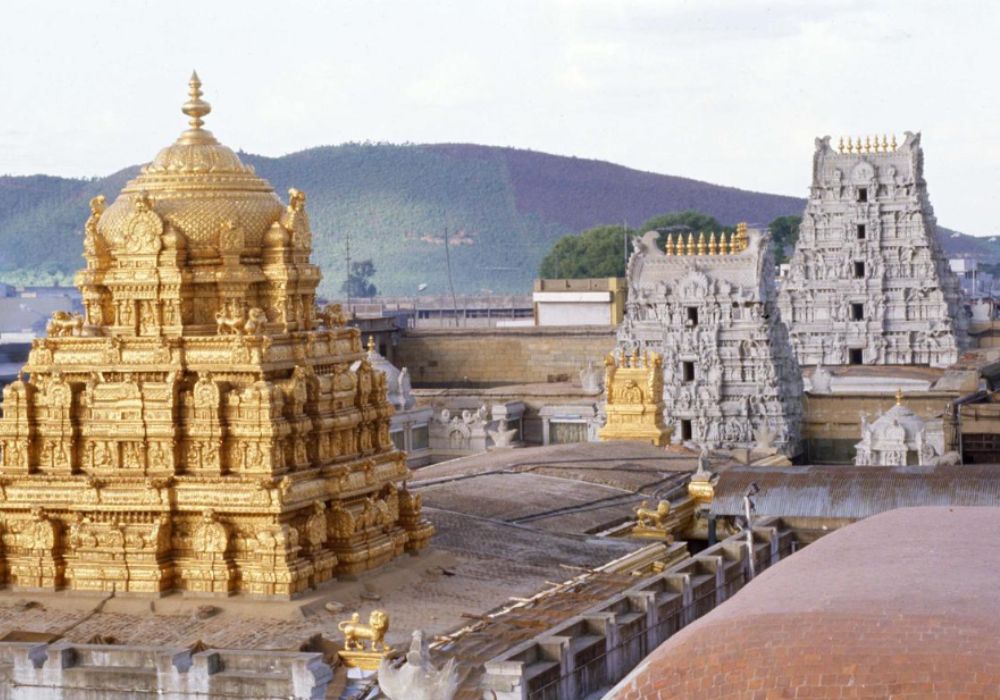

The architecture of the Tirupati Balaji Temple is a harmonious blend of Dravidian and Vijayanagara styles, reflecting the rich cultural heritage of South India. The temple complex is renowned for its towering gopurams, intricate carvings, and majestic architecture, making it a masterpiece of ancient craftsmanship.
One of the most striking features of the temple is its towering gopurams, or gateway towers, which serve as the main entrances to the temple complex. These gopurams are adorned with intricate carvings of gods, goddesses, and mythical creatures, depicting scenes from Hindu mythology.
The tallest gopuram, known as the “Raja Gopuram,” stands at an impressive height and is a sight to behold. The temple’s architecture is characterized by its grandeur and symmetry, with each structure carefully designed to enhance the overall aesthetic appeal of the complex.
The temple’s main sanctum sanctorum, or garbhagriha, is surrounded by several pillared halls and corridors, each adorned with elaborate carvings and sculptures.
The intricate carvings found throughout the temple complex are a testament to the skill and craftsmanship of the artisans who built it. These carvings depict various scenes from Hindu mythology, as well as intricate floral and geometric patterns, adding to the temple’s architectural beauty.
Main Deity Tirupati Balaji Temple
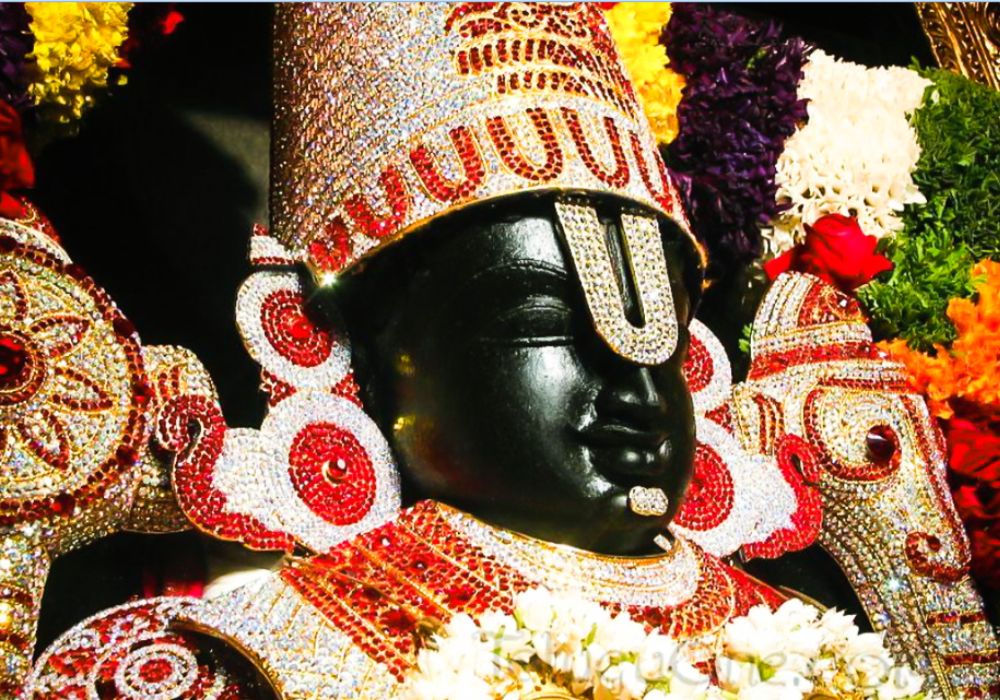

The Tirupati Balaji Temple is dedicated to Lord Venkateswara, a form of Lord Vishnu, who is worshipped as the presiding deity of the temple. Lord Venkateswara is revered as the “Lord of the Seven Hills,” as the temple is located atop the Tirumala Hills in Andhra Pradesh.
Lord Venkateswara is believed to be the remover of obstacles and the bestower of wealth, prosperity, and happiness. Devotees from all over the world visit the temple to seek his blessings and offer their prayers and devotion.
The worship of Lord Venkateswara at the Tirupati Balaji Temple is conducted with great reverence and devotion. The rituals associated with his worship are elaborate and follow a strict protocol. The day begins with the Suprabhatham, a morning prayer offered to wake up the deity, followed by the Abhishekam, a ritual bathing of the deity with sacred water and offerings.
One of the most significant rituals associated with the temple is the Tiruppavai Seva, where devotees can participate in the singing of hymns in praise of Lord Venkateswara. This ritual is believed to bring peace and prosperity to the devotees’ lives.
Temple Complex
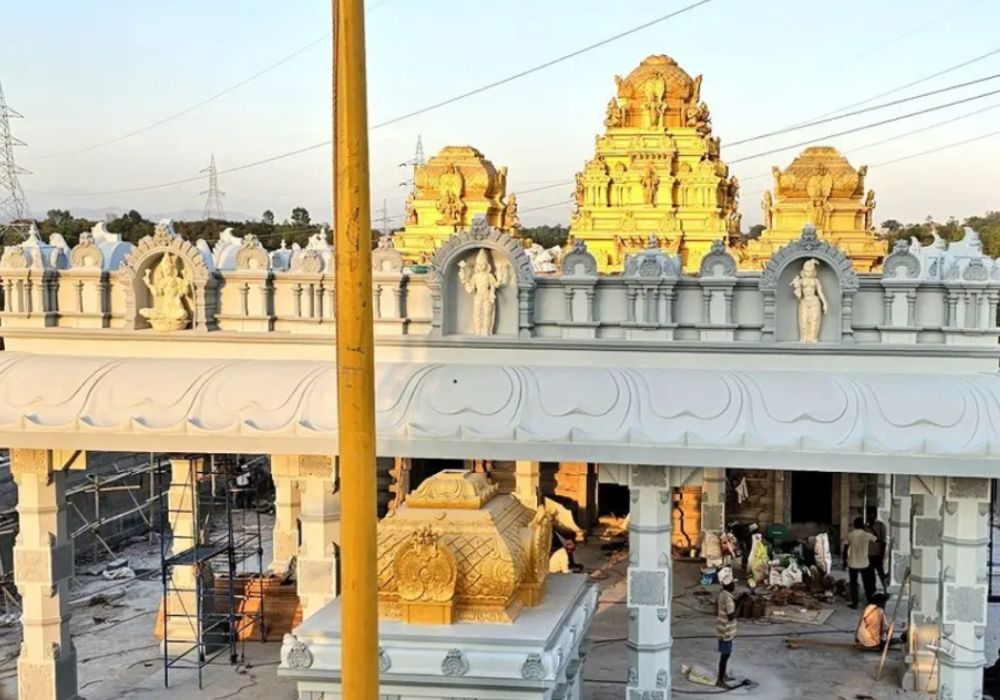

The Tirupati Balaji Temple complex is a sprawling expanse that covers an area of approximately 26.75 acres, making it one of the largest temple complexes in India. The complex is a vibrant hub of religious activity and cultural significance, attracting millions of devotees and tourists from around the world.
Within the temple complex, there are several shrines dedicated to various deities, apart from the main shrine of Lord Venkateswara. These shrines include those dedicated to Goddess Lakshmi, Lord Hanuman, and Lord Garuda, among others. Each shrine has its own unique architecture and significance, adding to the overall grandeur of the complex.
The temple complex also houses several mandapams, or pillared halls, that serve as venues for various religious ceremonies, cultural performances, and community gatherings. The most famous of these mandapams is the “Ranganayakula Mandapam,” which is known for its exquisite carvings and sculptures.
One of the most sacred sites within the temple complex is the “Pushkarini,” or temple tank, known as the “Srivari Pushkarini.” It is believed that taking a dip in the waters of the Pushkarini before visiting the main shrine of Lord Venkateswara is auspicious and purifying.
Cultural Significance
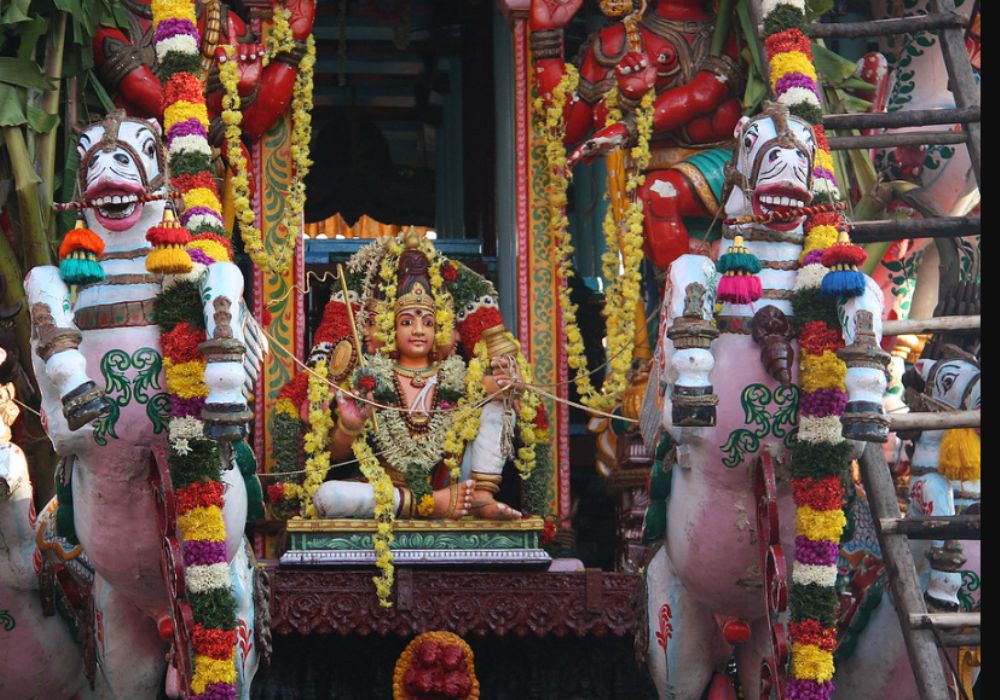

The Tirupati Balaji Temple holds immense cultural and spiritual significance for the people of Andhra Pradesh and devotees from around the world. As one of the most visited pilgrimage sites in India, the temple serves as a cultural and spiritual hub, attracting millions of devotees each year.
The temple is not only a place of worship but also a center for cultural and spiritual activities. It is a symbol of the rich cultural heritage of South India, with its magnificent architecture, intricate carvings, and vibrant festivals.
One of the most important festivals celebrated at the Tirupati Balaji Temple is the Brahmotsavam, a nine-day festival that attracts thousands of devotees from all over the world. During the Brahmotsavam, the temple is adorned with colorful decorations, and elaborate processions are held in honor of Lord Venkateswara.
Other festivals celebrated at the temple include the Vaikunta Ekadasi, Rathasapthami, and Ugadi, among others. These festivals are celebrated with great fervor and devotion, and they serve as a reminder of the rich cultural and spiritual heritage of the region.
Visiting Information
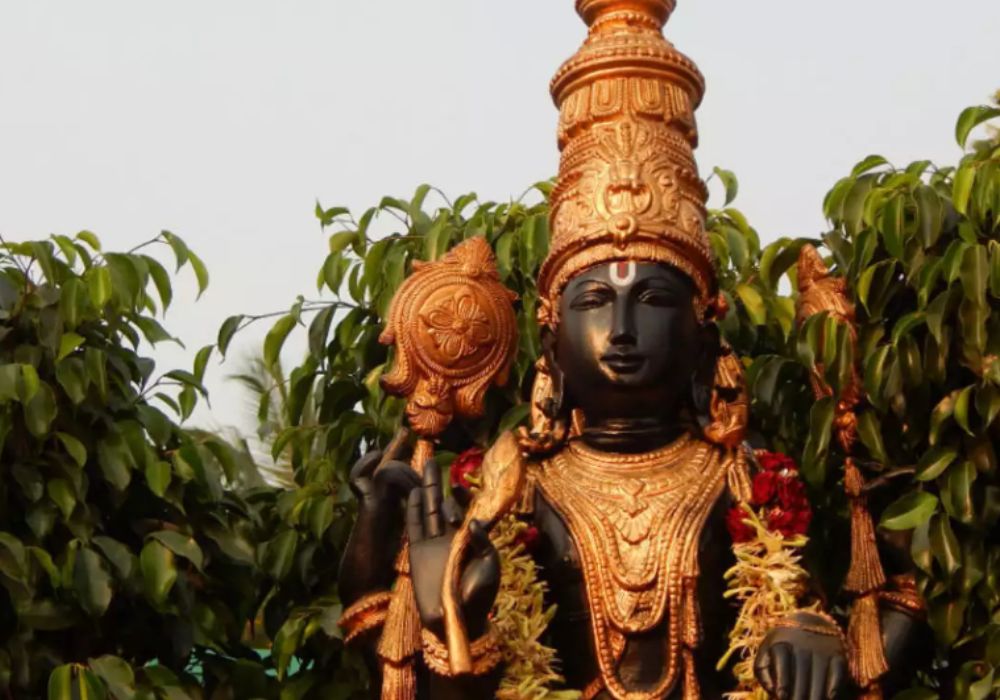

- Timings: The Tirupati Balaji Temple is open for darshan from early morning to late evening. The temple timings may vary on special occasions and festival days, so it is advisable to check the official website or local authorities for the current schedule.
- Entry Fees: There is no entry fee to visit the temple. However, there are different types of darshan available, such as the free darshan and special darshan, which may have varying fees. It is recommended to check the official website or inquire locally for the latest information on darshan timings and fees.
- Dress Code: The temple has a strict dress code for both men and women. Men are required to wear traditional attire such as dhoti or kurta-pajama, while women are advised to wear sarees or salwar kameez. Avoid wearing western attire such as shorts, skirts, or sleeveless tops.
- Footwear: It is customary to remove footwear before entering the temple complex. There are facilities available near the temple entrance where visitors can leave their footwear securely.
- Photography: Photography is not allowed inside the temple complex. Visitors are requested to adhere to this rule and respect the sanctity of the temple.
Tips for Experiencing the Temple’s Beauty and Spirituality
- Plan Ahead: The temple can get crowded, especially during peak hours and festival seasons. It is advisable to plan your visit accordingly and arrive early to avoid long queues.
- Respect the Customs: Follow the customs and traditions observed at the temple, such as offering prayers, performing pradakshina (circumambulation), and maintaining silence in the sanctum sanctorum.
- Seek Blessings: Take the time to soak in the spiritual atmosphere of the temple and seek the blessings of Lord Venkateswara. Participate in the rituals and ceremonies to experience the divinity of the temple.
- Stay Hydrated: The temple complex can be vast, so it is advisable to carry a water bottle to stay hydrated during your visit.
- Be Mindful: Be mindful of your surroundings and fellow devotees. Follow the instructions of the temple staff and volunteers for a smooth and meaningful visit.
Following these tips can help enhance your experience at the Tirupati Balaji Temple and allow you to fully immerse yourself in its beauty and spirituality.
Nearby Attractions
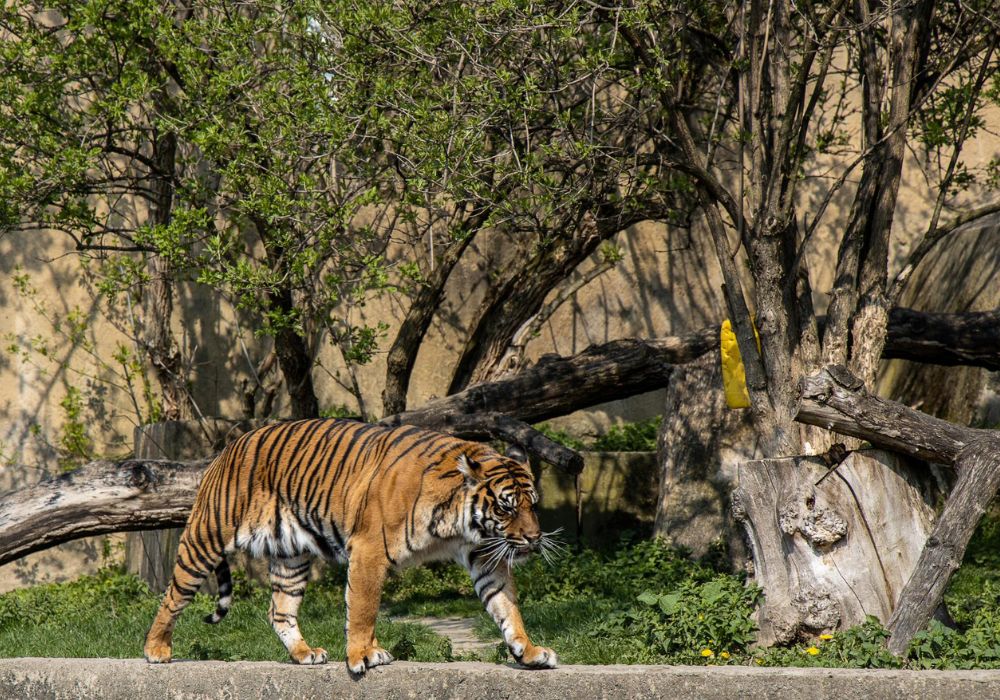

- Sri Govindarajaswami Temple: Located in the heart of Tirupati, this ancient temple dedicated to Lord Vishnu’s brother, Sri Govindaraja Swamy, is known for its exquisite architecture and religious significance.
- Sri Kapileswara Swamy Temple: Situated at the base of the Tirumala Hills, this temple dedicated to Lord Shiva is a popular pilgrimage site known for its natural beauty and serene ambiance.
- Sri Venkateswara Zoological Park: Spread over an area of 5,532 acres, this zoological park is home to a variety of flora and fauna, including rare and endangered species.
- Silathoranam: A natural rock formation located in the Tirumala Hills, Silathoranam is believed to be millions of years old and is considered a geological wonder.
Places to Eat and Shop
- Anna Prasadam Complex: Managed by the temple authorities, this complex offers free meals (prasadam) to devotees. It is a must-visit for those looking to experience traditional South Indian cuisine.
- Tirumala Shopping Complex: Located near the temple, this complex offers a variety of souvenirs, religious items, and traditional handicrafts that make for excellent gifts and keepsakes.
- Lepakshi Emporium: This government-run emporium offers a wide range of handicrafts, textiles, and souvenirs from Andhra Pradesh, making it a great place to shop for local specialties.
- Woodland Restaurant: Known for its delicious South Indian cuisine, Woodland Restaurant is a popular choice among locals and tourists alike.
Conclusion
The Tirupati Balaji Temple stands as a testament to the rich cultural and spiritual heritage of India. Its magnificent architecture, vibrant culture, and spiritual significance make it a must-visit destination for anyone seeking a deeper connection with the divine.
The temple’s history, dating back several centuries, is steeped in myth and legend, and its architecture is a blend of Dravidian and Vijayanagara styles. The temple complex, one of the largest in India, is home to several shrines, halls, and tanks, each with its own unique significance.
Visitors to the temple can experience the beauty and spirituality of the place by participating in the various rituals and ceremonies conducted here. The temple’s festivals, such as the Brahmotsavam, are celebrated with great fervor and devotion, attracting millions of devotees from around the world.
We invite you to visit the Tirupati Balaji Temple and experience its divine aura for yourself. Let the temple’s serene ambiance and ancient allure transport you to a world where divinity meets humanity, and history blends seamlessly with the present.
Come, discover the beauty and significance of the Tirupati Balaji Temple, and create memories that will last a lifetime.
